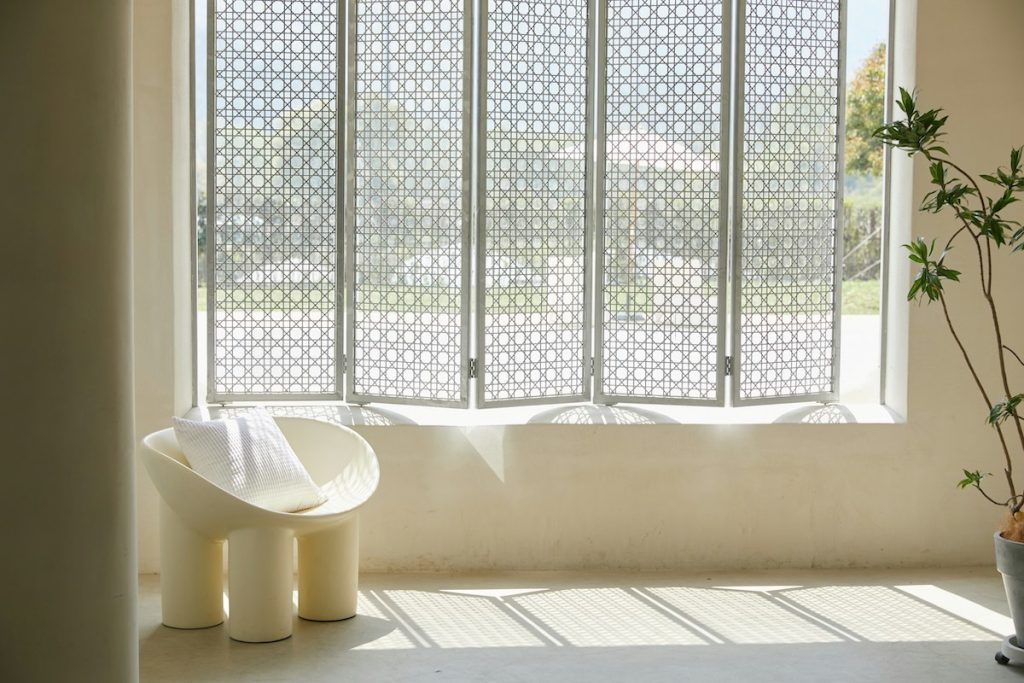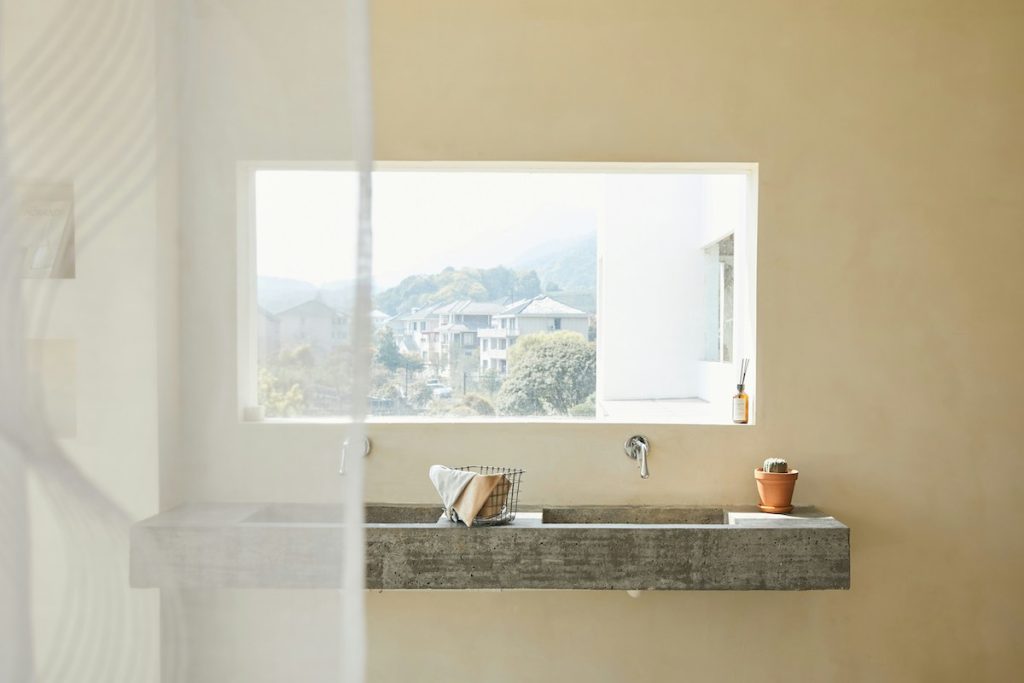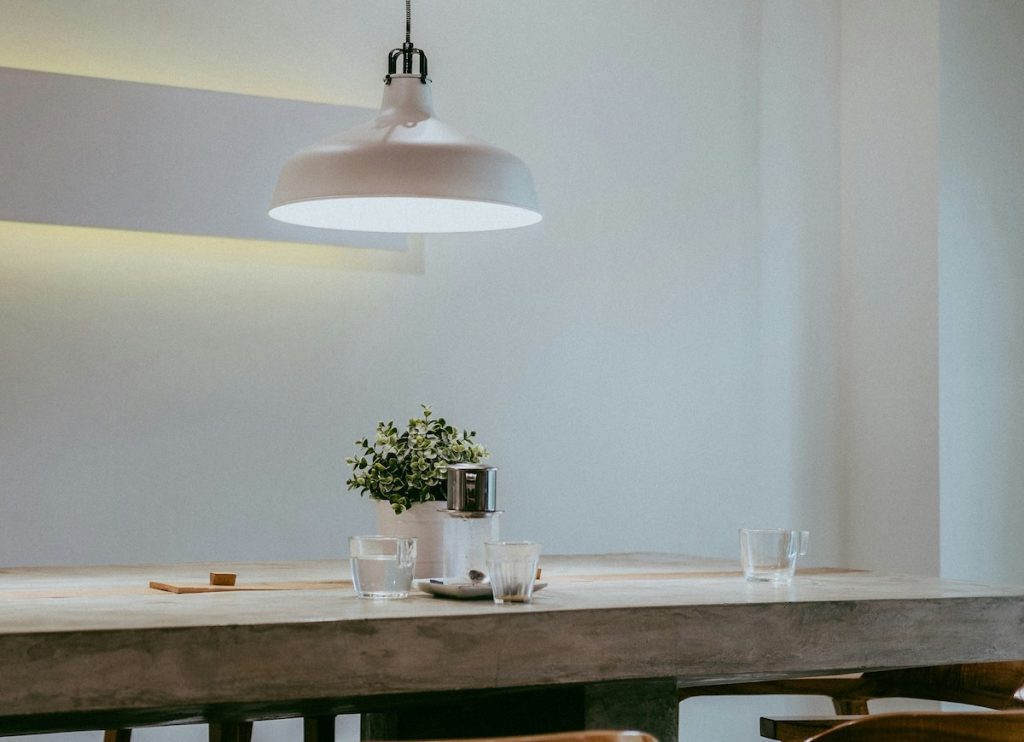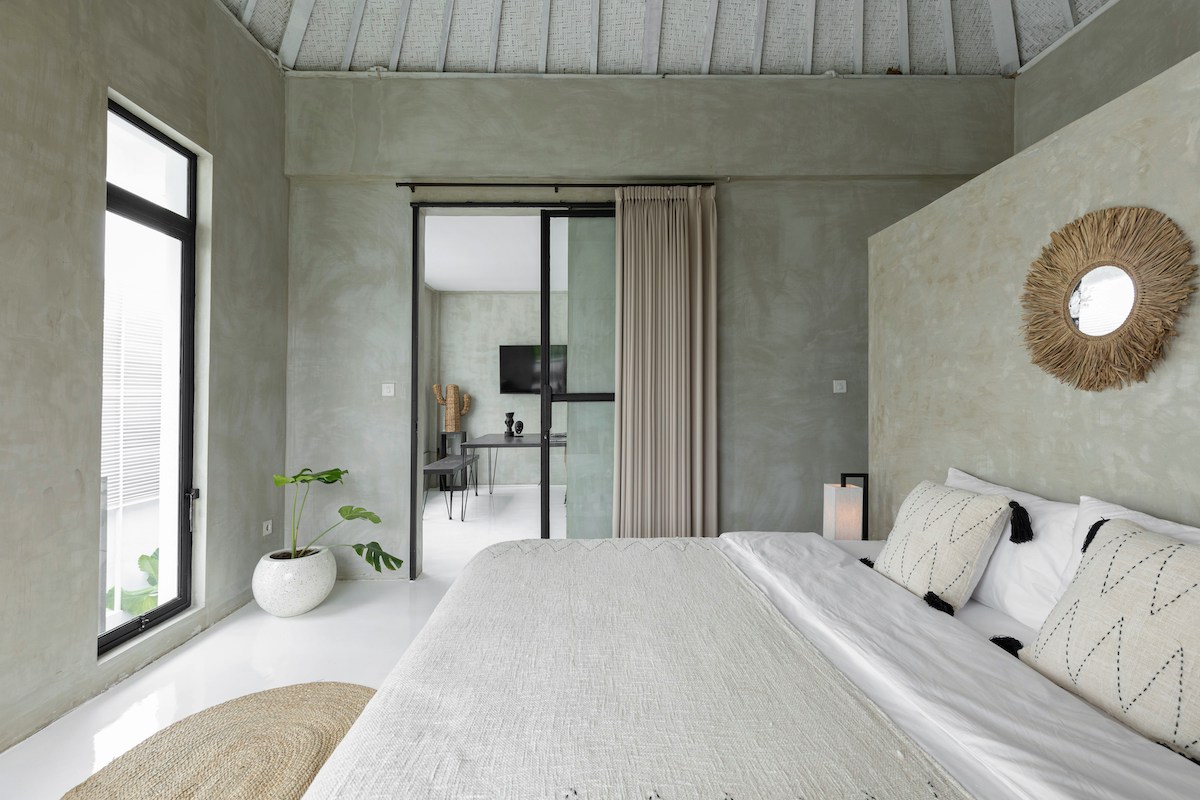Imagine walking into a home with clean lines, open spaces, and a sense of tranquility. Welcome to the world of minimalism—a lifestyle that embraces simplicity, promotes mindful consumption, and cultivates a peaceful environment. You can live in a clean and neat home with some mindful habits that will help you create a minimalist home, declutter your space, and find peace amidst the chaos of modern living.
First, let’s understand what minimalism truly means. At its core, minimalism is about intentionally choosing to live with less, focusing on the things that truly matter, and eliminating excess physical and mental clutter from our lives. Create a tranquil sanctuary that allows you to fully appreciate the beauty of simplicity and to live with a minimalist mindset.

Decluttering and Organizing
Decluttering is the cornerstone of minimalism. It’s about letting go of unnecessary possessions and creating a space that reflects your values and priorities. Here are some tips to get started:
- Begin with one area at a time, such as your closet or kitchen.
- Sort your belongings into three categories: keep, donate/sell, and discard.
- Use efficient organizing systems to store your belongings in a minimalist and visually pleasing way.
Creating Functional Spaces
Minimalism is not just about having less, it’s also about making the most of what you have. Here are some ideas for designing functional spaces:
- Embrace multi-purpose furniture to maximize space utilization.
- Consider open shelving and hidden storage solutions to maintain a clutter-free environment.
- Use minimalist design principles to create a sense of calm and spaciousness.
Mindful Consumption
Mindful consumption is about being intentional with your purchases and avoiding unnecessary clutter. Here’s how you can practice mindful consumption:
- Before making a purchase, ask yourself if the item aligns with your values and serves a purpose. Try to delay the purchase, or “sleep on it”, and maybe you’ll realise you do not need it after all.
- Opt for sustainable and ethically made products to reduce your environmental impact.
- Consider borrowing or renting items you need temporarily instead of buying them.
Embracing Simplicity
Minimalism extends beyond physical possessions; it’s a mindset that embraces simplicity in all aspects of life. Here’s how you can embrace simplicity:
- Let go of attachments to material possessions and focus on experiences and relationships.
- Simplify your daily routines and create rituals that bring calm and joy into your life.
- Practice gratitude for what you have and cultivate contentment in the present moment.
Maintaining a Minimalist Home
To maintain a minimalist home, it’s essential to practice mindful habits and routines. Here are some strategies to keep at it:
- Set aside time each day for tidying up and putting things back in their designated places.
- Regularly assess your belongings and let go of items that no longer serve a purpose.
- Be mindful of what enters your space and practice conscious consumerism.

Benefits of Minimalist Design
Minimalist design goes beyond mere aesthetics; it’s a lifestyle choice that brings numerous benefits to your living space and well-being.
1. Decluttering and Simplifying
By embracing minimalism, you’ll declutter your living space, eliminating unnecessary items and creating a sense of spaciousness. This simplicity allows you to focus on what truly matters.
2. Increased Focus and Productivity
A minimalist environment reduces visual distractions, allowing your mind to concentrate and be more productive. With fewer items competing for your attention, you can fully immerse yourself in tasks and be more present.
3. Stress Reduction and Improved Mental Well-being
Surrounding yourself with a minimalist design can have a profound impact on your mental well-being. The clean lines, uncluttered space, and simplified decor create a calming atmosphere that promotes relaxation and reduces stress.
4. Enhanced Aesthetic Appeal
Minimalist design celebrates the beauty of clean lines, natural materials, and uncluttered spaces. The simplicity and elegance of minimalist aesthetics create a timeless and sophisticated look that is both pleasing to the eye and soothing to the soul.

Implementing Minimalist Design in Different Areas
Here’s how you can apply minimalist design principles to different areas of your home, transforming them into serene and functional spaces.
1. Living Room
Create a minimalist living room by choosing essential furniture pieces, incorporating neutral colors, and eliminating unnecessary decor. Opt for a clean and open layout that promotes relaxation and conversation.
1. Living Room
Create a minimalist living room by choosing essential furniture pieces, incorporating neutral colors, and eliminating unnecessary decor. Opt for a clean and open layout that promotes relaxation and conversation.
2. Bedroom
Design a minimalist bedroom by decluttering surfaces, selecting a simple color palette, and investing in quality bedding and furniture. Keep the space free of distractions to promote restful sleep and a calm ambiance.
3. Kitchen
In the kitchen, embrace minimalist design by decluttering countertops, organizing cabinets, and adopting a “less is more” approach to kitchen gadgets and utensils. Focus on functionality and ensure that everything has its designated place.
4. Home Office
A minimalist home office enhances focus and productivity. Keep your workspace clutter-free, choose a clean and uncluttered desk, and invest in storage solutions to keep paperwork and supplies neatly organized.
5. Bathroom
Create a minimalist bathroom by eliminating unnecessary items, opting for clean lines and neutral colors, and utilizing smart storage solutions. Keep surfaces clear, and focus on creating a spa-like atmosphere that promotes relaxation.

Tips for Embracing Minimalism
Embracing minimalism requires a shift in mindset and a deliberate approach to decluttering and simplifying your living space. Here are some practical tips to help you on your minimalist journey:
Start small: Begin by decluttering one area at a time, such as a closet or a bookshelf.
Let go of attachments: Assess your belongings and let go of items that no longer serve a purpose or bring you joy.
Quality over quantity: Invest in high-quality items that align with your aesthetic and functional needs.
Maximize storage: Utilize storage solutions to keep your space organized and free of visual clutter.
Incorporate natural elements: Bring the outdoors in by incorporating plants and natural materials, such as wood and stone.

A minimalist home offers more than just a visually appealing aesthetic, it provides a haven of peace, clarity, and setting meaningful intentions. By practicing mindful habits, decluttering your space, and embracing simplicity, you can create a living environment that supports your well-being and fosters a sense of calm. Start your minimalist journey today and experience the transformative power of living with less.
Ready to begin your minimalist journey? Download our free decluttering guide and take the first step towards creating a minimalist home that truly reflects your value. Explore the path to minimalism and discover the joy of living with less. you’ll receive the download link after signing up for our newsletter.
DecorWorks showcases the latest trends and tips in home decor and interior design to inspire your best life. We curate architecture and design inspiration for global audiences, and show you practical tips to create any imaginable space.





 No products in the cart.
No products in the cart.